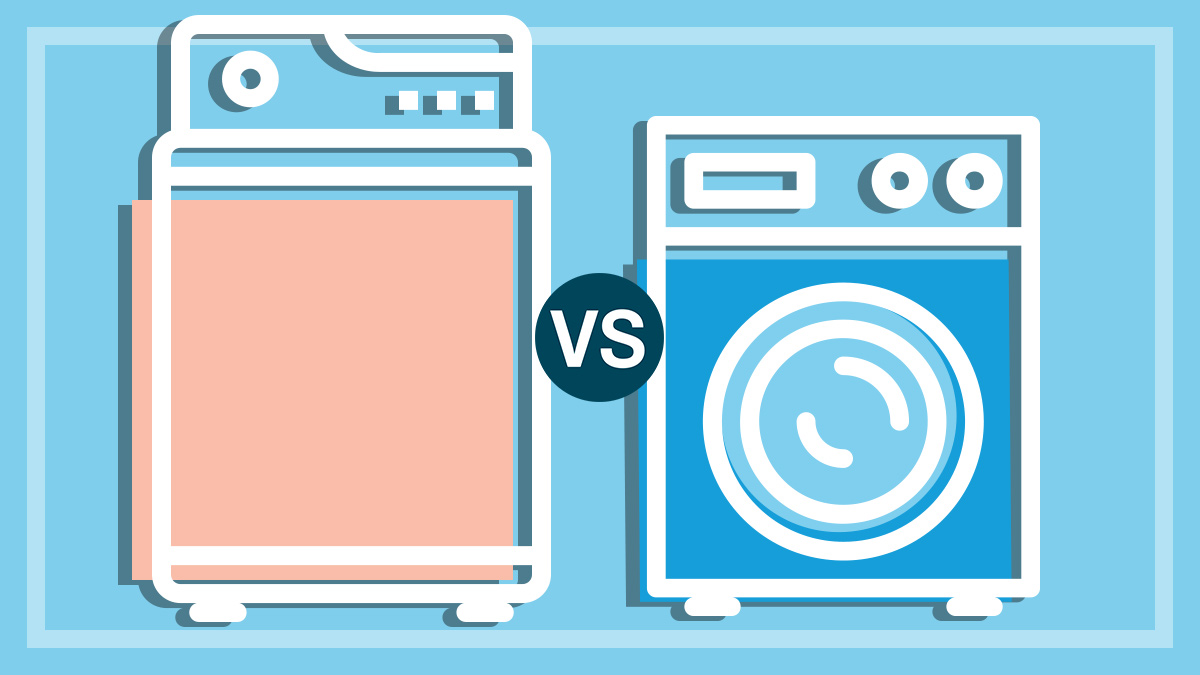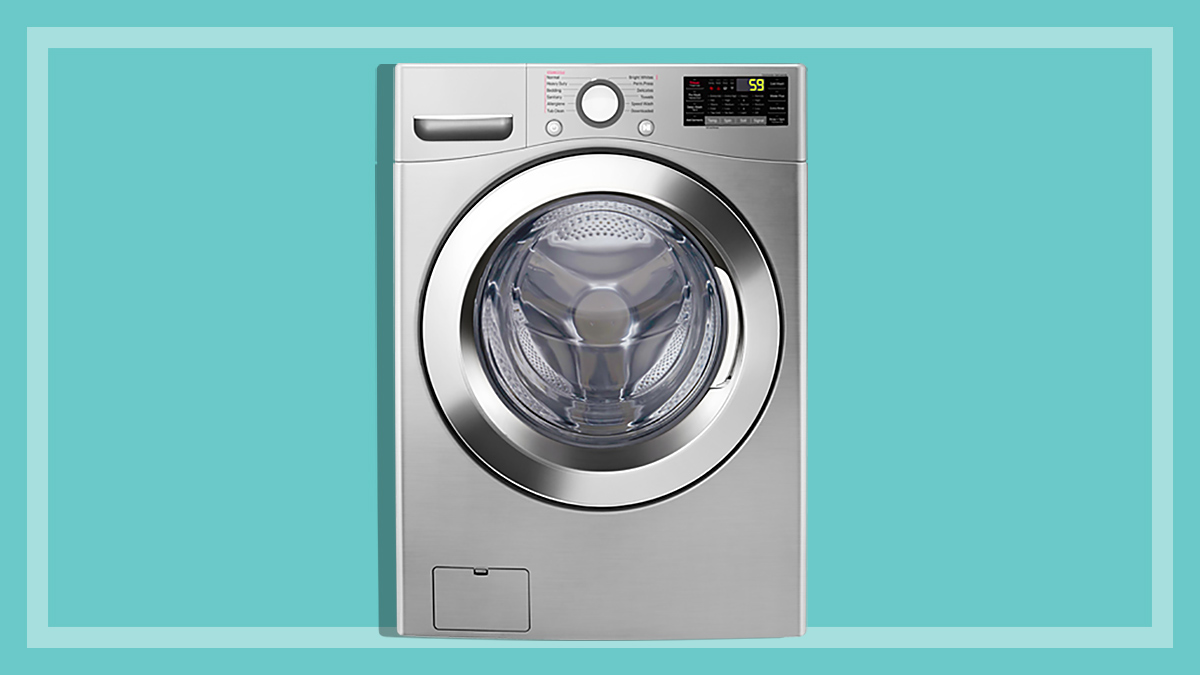Get our independent lab tests, expert reviews and honest advice.
How much can you save by choosing a water-efficient washing machine?

Need to know
- Front-loading washing machines use far less water than top loaders
- We calculate the money and water savings you can make by choosing an efficient front loader over a water-guzzling top loader
- Using a front-loading washing machine can save hundreds of thousands of litres of water over 10 years
With the drought worsening across Australia and water restrictions becoming stricter in certain areas, many of us are changing our habits to decrease our daily water use.
But how much difference does your choice of washing machine really make?
We compared a water-guzzling top loader with a water-efficient front loader, then crunched the numbers to find out just how much water (and money) you could save.
How much water can you save?
Panasonic NA-FS85G3WAU, 8.5kg capacity
Water use: 170L/cycle
versus
Whirlpool FSCR10420, 8.5kg capacity
Water use: 42L/cycle
Choosing the front loader will save 467,200L of water over 10 years*.
*Water use over 10 years was calculated as one ‘normal’ load each day for 10 years.
What we found
By choosing a water-efficient front loader over a water-guzzling top loader, we calculated that you could save 467,200L of water over 10 years – that’s 103,822 toilet flushes*, or 4672 showers**.
But wait, there’s more! While the front loader might cost you more upfront, it’s a worthwhile investment: after 10 years, you’re likely to actually be better off.
By our calculations, you’d be $525 better off with the Whirlpool front loader than the Panasonic top loader – not to mention how much better off the environment will be.
But by far the biggest saving you’ll make is water use. Over that 10-year period, the Panasonic top loader will use a whopping 620,500L of water, while the Whirlpool front loader will use just 153,500L. (That’s assuming one load of washing per day; your usage may vary.)
*Based on a 4.5L toilet flush. **Based on a 10-minute shower using 10L of water per minute.
What the expert says
“Choosing a water-efficient front loader over a thirsty top-loader is not only better for the environment and your hip pocket, it will also give you cleaner clothes,” says CHOICE’s laundry expert Ashley Iredale.
“Over years of testing we’ve found front loaders consistently perform better than top loaders in our tests: they wash better, and they’re gentler on clothes. The only trade-off is they typically take longer to complete a cycle.”
Choosing a water-efficient front loader over a thirsty top-loader is not only better for the environment and your hip pocket, it will also give you cleaner clothes.
Ashley Iredale, CHOICE laundry expert
So making a wiser choice when it’s time to buy a new washing machine could save you 467,200L of water and $525 over 10 years – and you’ll get far better washing results. It’s a no-brainer: good for your clothes, good for the planet and good for your back pocket.
How we crunched the numbers
We compared water use, purchase price and running costs for these Panasonic and Whirlpool washing machines.
| Top loader | Front loader | Savings | |
|---|---|---|---|
| Price | $999 | $1398 | -$399 |
| Running costs (10 years)* | $1349 | $425 | $924 |
| Purchase price + running costs (10 years) | $2348 | $1823 | $525 |
| Water used per cycle | 170L | 42L | 128L |
| Water used over 10 years** | 620,500L | 153,300L | 467,200L |
**Water use over 10 years = assumes one daily load on a ‘normal’ cycle, over 10 years.
How did the machines compare in performance?
There can often be a trade-off between water efficiency and performance: some water-efficient machines won’t get your clothes particularly clean, and sometimes machines that are excellent at cleaning use lots of water. But it’s not always the case.
The Panasonic top loader received an excellent score for rinse performance, but it used a lot of water (170L per cycle, to be exact) to achieve this. It also failed to do its one job: clean clothes. It scored a grubby 52% for dirt removal, which is pretty poor in anyone’s book. (We use a spectrophotometer to measure how clean the fabric is once it’s gone through a cycle in the machine, so it’s highly accurate.)
The Whirlpool front loader also scored highly for rinse performance, but it managed a 77% dirt removal score using just 42L of water per wash – efficient and effective.
Pros:
- Costs less upfront
- Excellent score for rinse performance (but it uses a lot of water to do this)
- Shorter cycle time
- Can add items after the cycle has started
Cons:
- Uses 170L of water for just one wash
- Has a 2.5-star energy rating
- Only scores 52% for dirt removal
- Only scores 17% for water efficiency
- Relatively expensive to run
Pros:
- Costs less to run
- Excellent score for rinse performance
- Only uses 42L of water per wash
- Has a 4-star energy rating
- Scores 88% for water efficiency
Cons:
- Longer cycle time
- Costs more upfront
- Can’t add items after the cycle has started






